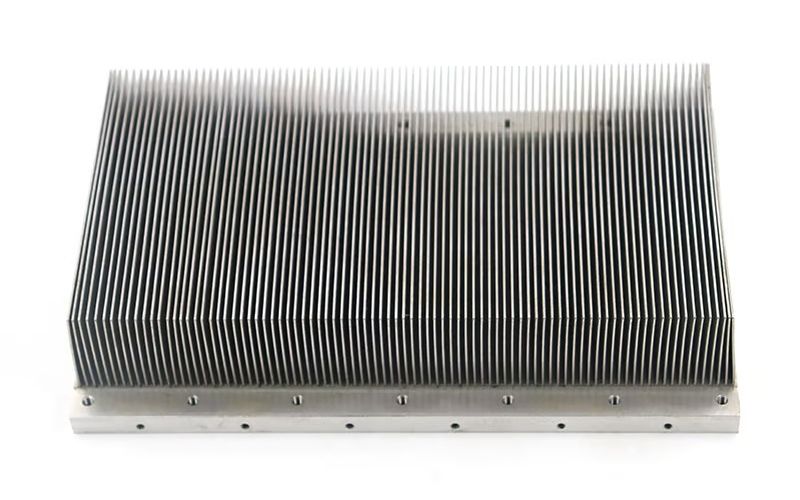For anyone who is interested in computers or electronics, the term "copper heatsink" is likely a familiar one. But for those who may not be as well-versed in the ins and outs of technology, the concept of a copper heatsink may seem a bit mysterious. In this article, we will delve into what exactly a copper heatsink is, how it works, and why it is an essential component in many electronic devices.
What is a Copper Heatsink?
A copper heatsink is a component used in electronic devices to help dissipate heat and keep the device cool. It is typically made of copper due to the high thermal conductivity of the metal, which allows it to efficiently transfer heat away from the source. Copper heatsinks can come in various shapes and sizes, depending on the specific needs of the device they are intended for.
How Does a Copper Heatsink Work?
When an electronic device, such as a computer processor, generates heat during operation, a copper heatsink is placed on top of the heat source to absorb the heat. The copper material quickly conducts the heat away from the source and spreads it out over a larger surface area, allowing it to be dissipated more effectively. This process helps prevent the electronic device from overheating and potentially getting damaged.
Benefits of Using a Copper Heatsink
There are several advantages to using a copper heatsink in electronic devices. Copper has excellent thermal conductivity, meaning it can transfer heat quickly and efficiently. This helps to keep the device operating at optimal temperatures, which can improve performance and prolong the lifespan of the device. Additionally, copper is a durable and corrosion-resistant material, making it a reliable choice for heatsink applications.
Types of Copper Heatsinks
There are several types of copper heatsinks available, each designed for different purposes and specifications. Some common types include active heatsinks, which use a fan or other cooling mechanism to enhance heat dissipation, and passive heatsinks, which rely solely on natural convection to dissipate heat. The shape and design of the heatsink can also vary depending on the specific requirements of the device.
Applications of Copper Heatsinks
Copper heatsinks are used in a wide range of electronic devices, including computers, laptops, game consoles, and smartphones. They are particularly essential in devices that have powerful processors or graphics cards that generate a lot of heat during operation. Without a heatsink to help dissipate this heat, these devices would quickly overheat and potentially suffer from performance issues or even damage.
How to Install a Copper Heatsink
Installing a copper heatsink is a relatively straightforward process, but it does require some technical know-how. The heatsink is typically attached to the heat source using a thermal interface material, such as thermal paste, which helps improve the contact between the two surfaces for better heat transfer. It is essential to ensure that the heatsink is properly secured and making good contact with the heat source for optimal performance.
Choosing the Right Copper Heatsink
When selecting a copper heatsink for a specific electronic device, it is crucial to consider factors such as the size and shape of the heatsink, the thermal requirements of the device, and any space constraints. It is also essential to choose a heatsink that is compatible with the device's socket type and thermal design power (TDP) rating to ensure effective heat dissipation.
Copper Heatsink vs. Aluminum Heatsink
While copper is a popular choice for heatsinks due to its high thermal conductivity, aluminum is also commonly used in heatsink applications. Aluminum is lightweight and cost-effective, making it suitable for some devices. However, copper has superior thermal conductivity compared to aluminum, making it a better choice for devices that require efficient heat dissipation.
Maintaining a Copper Heatsink
To ensure optimal performance and longevity of a copper heatsink, regular maintenance is essential. This includes cleaning the heatsink periodically to remove any dust or debris that may accumulate on the surface, affecting its heat dissipation capabilities. It is also recommended to monitor the temperature of the device regularly to ensure that the heatsink is effectively dissipating heat.
Final Thoughts on Copper Heatsinks
In conclusion, copper heatsinks play a crucial role in keeping electronic devices cool and functioning optimally. Their ability to efficiently dissipate heat helps prevent overheating and potential damage to the device. By understanding how copper heatsinks work and the benefits they offer, individuals can make informed decisions when selecting and installing heatsinks in their electronic devices.
Quote Inquiry
Contact us!

